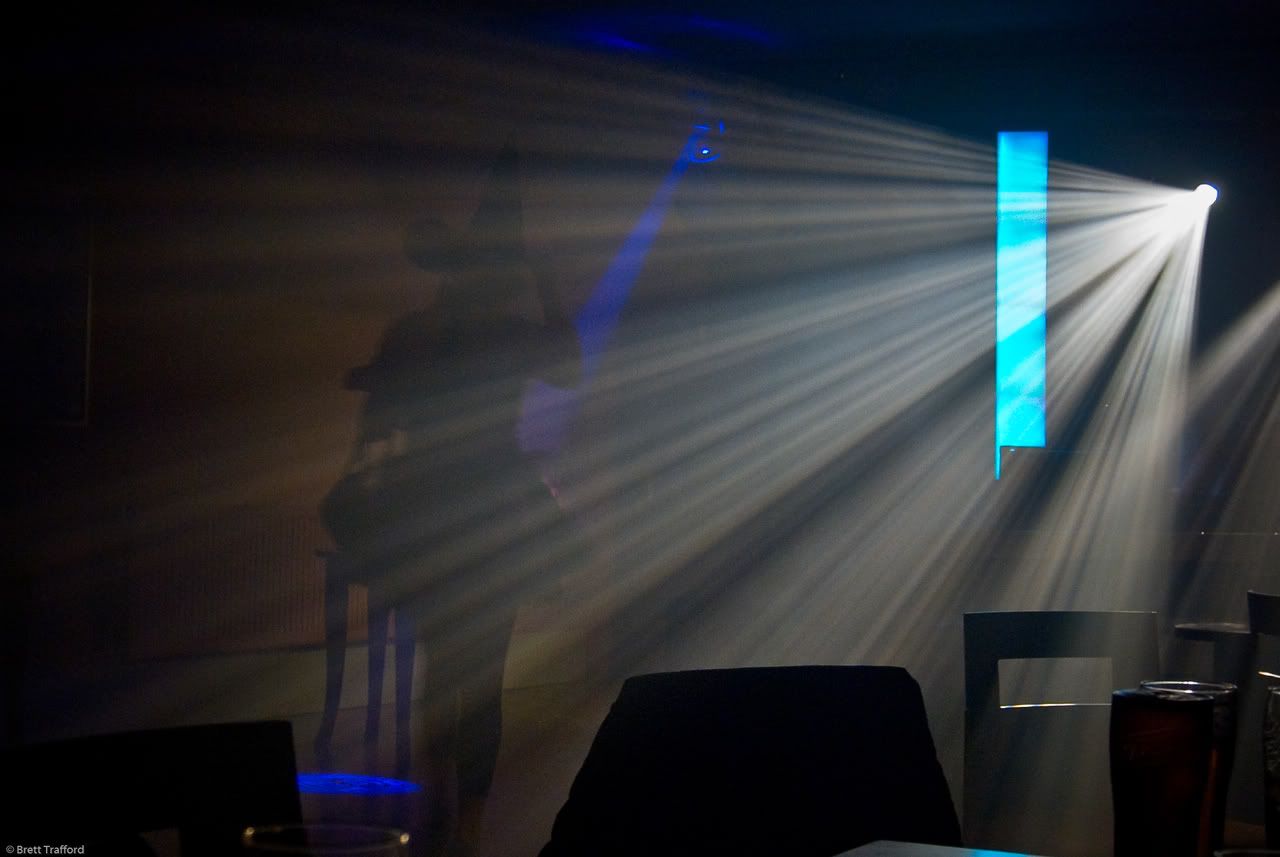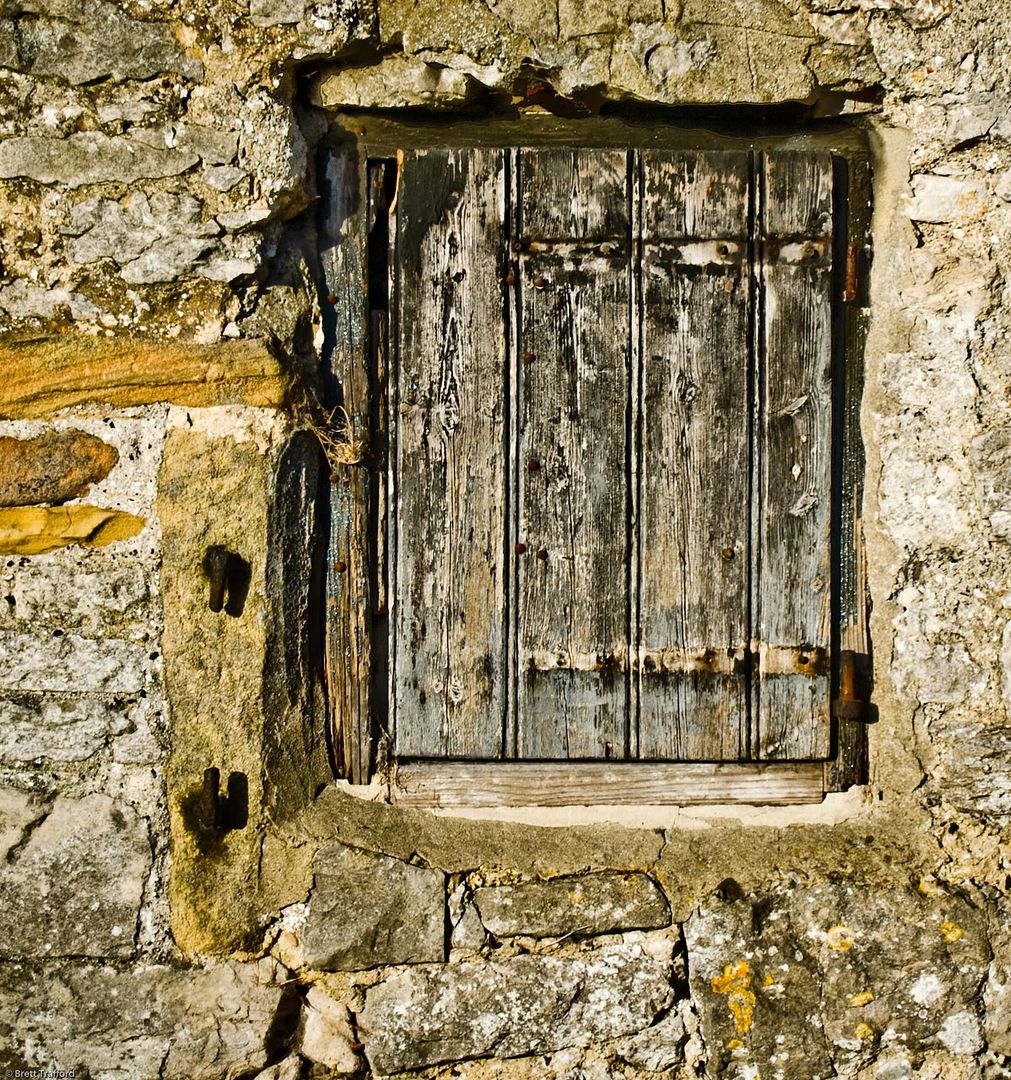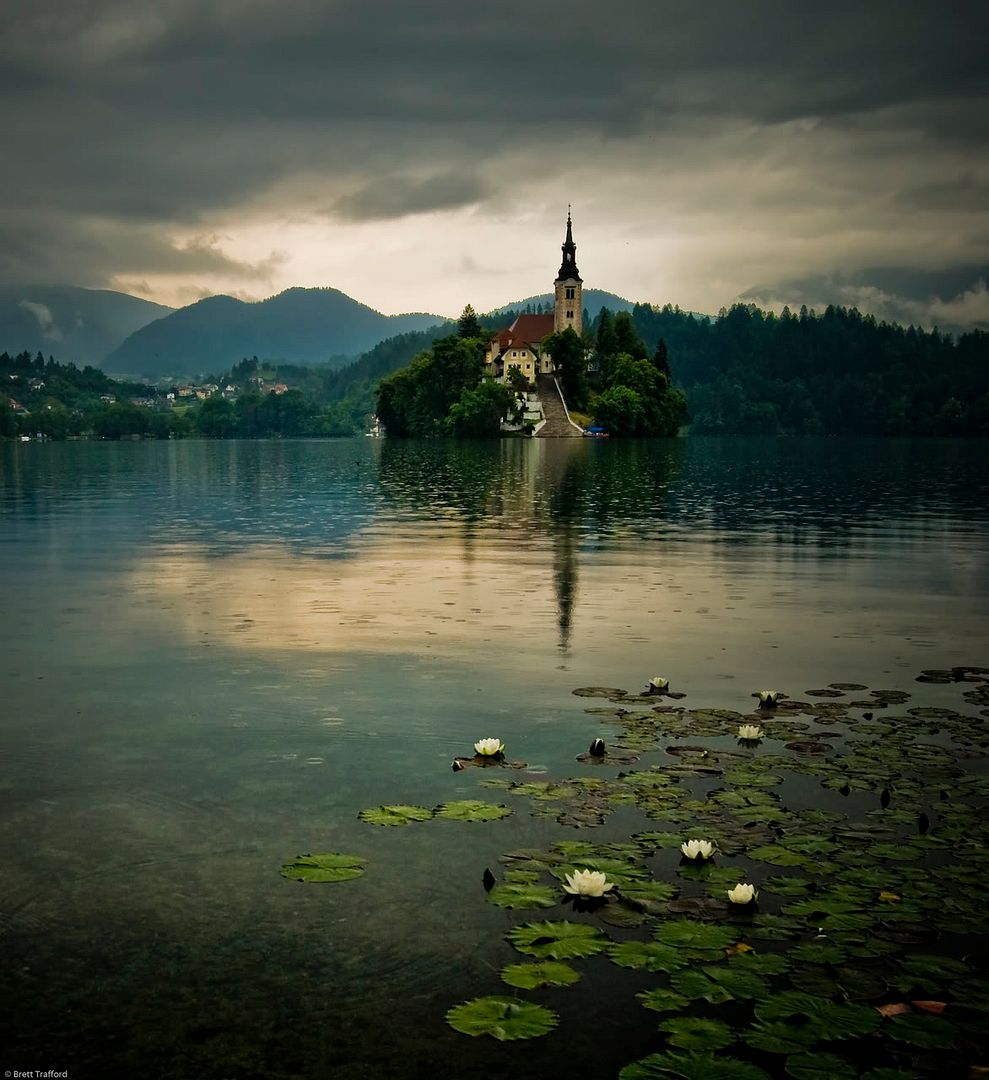Lesson 1-In the begining
Where to start, there is so much information that you need to take a good photo and a lot of it will be personal to you, how your camera works, the right setting for the lighting conditions, how to frame and position the subject and any of a thousand variables that make a photo good. So my idea is to teach you the back ground and basics, so that you can then answer the personal questions yourself.
God is a photographer, near enough the first word attributed to him (or her), were “let there be light” and that is the main ingredient in photography, light. Light and the effect it has on the subject form the back bone of any photo and the correct capture of that light is the main aim of most of the controls on your camera. So I will start with the basic way that light is controlled and captured in a camera.
Imagine the camera is a room; it has a window with both curtains and a wooden shutter. If you open the curtains fully and open the shutter for 1 second, you will let an amount of light into the room. If you nearly close the curtains and then open the shutter for a second, you will let a lot less light in, but if you leave the shutter open for longer you will eventually let in as much light as you had done with the curtains open.
The wall opposite the window is being exposed to the light, the longer you leave the shutter open, the longer that exposure. Technically if the window was a lens, you could tape some photographic paper to the back wall and use it to take a photo, don’t laugh this is really how the first camera worked, although the artist hung normal paper and copied the image, like tracing a picture projected on a screen.
So the controls on your camera basically manipulate only 2 things the curtain (Aperture) and the shutter, the way they vary the length of time the shutter opens or how wide the curtains are, will effect the final photo, but regardless of what camera you have it will always go down to the interaction of just these 2 parts.
Now we have the light trapped how do we get to see it? Traditionally the light fell onto photographic film and a chemical reaction took place, more often now it falls on to a charge-coupled device (CCD) that converts the light into an electrical image by magic. Again no matter what camera you have this is always going to be the end of the road for the light, hitting some form of image gatherer.
One last player in the journey of the light is the thing it comes through to get into the camera, the lens. For most people this is the item that is most over looked and it is the one that can really separate good cameras from bad. Light coming into a room through a window will not form an image on the back wall, that light needs to be gathered and focused by a lens so that an image is seen, the better the lens the better the image. The shutter opens and closes, the aperture does just the same, they either work or they don’t, regardless of the camera these 2 are very much black or white. The lens is the grey one, it can make changes to the light, alter the sharpness and even the colour, exposure if correct will be the same in every camera, but light coming through a lens is different for each lens.
These are the basic players in the drama that is photography, how they interact is going to be the focus of the next few lessons, but to finish up this one the biggest rule to taking good photos.
When ever I show a picture to someone, the first comment I get is usually, “you must have a really good camera”. Yes I have, but, no camera I have ever owned (or ever will) has ever got off its arse, gone out, got rained on, got muddy and wet and taken a picture for me (I really wish they would then I could just sit in the warm reading a book). The biggest single rule, in fact the only one you must do, is to go out and take pictures, its not the camera that counts it is where you get it to. Most modern cameras will capture a sharp well exposed image, that why they are called cameras, it what you point them at that is important. An expensive camera that sits in a bag and never takes a shot will never beat the images captured by the cheapest point and shoot, if that camera is pointed at something interesting. The quality of your images is normally a direct correlation to the effort you put in, look at some good pictures and then think what it took to be stood there, given that you were in the same place at the same time with whatever camera you have, could not you have taken a similar photo?




Oh Brett!
So many things I want to say here.
First – thank you for doing this.
We bought a (better) camera because of the influence you and some others have had on me.
I love that last picture. It takes time to see it all – the stairs leading to the water – the water lilies in front – and – the droplets left on the water from the rain. I love it!
You touched on a little bit of history here and also the fact that you like to read.
If you could find Josh Russell’s
‘Yellow Jack’ – you would enjoy it.
Great post! It does inspire you to get out and try Also I must say that according to me, the picture with the castle is your best photo so far!
Also I must say that according to me, the picture with the castle is your best photo so far! 
Brett, would you object if I were to do a post at my blog telling my readers about your lessons and link to this blog? I will await a reply so no worries that I will simply just link to the lessons.